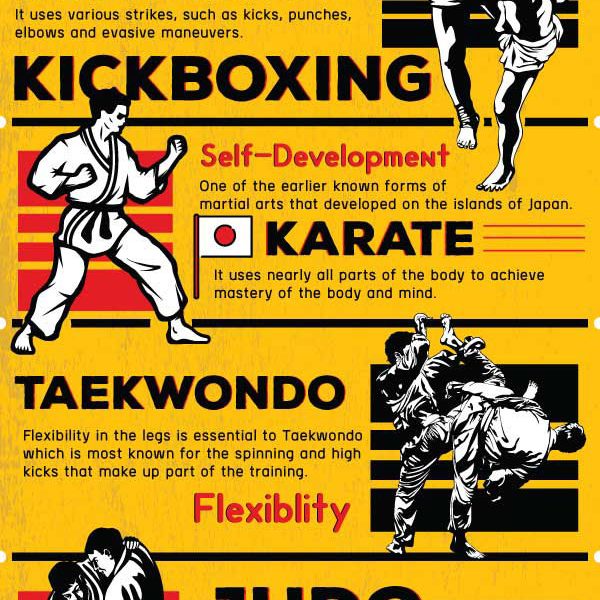Exploring The Differences In Between Conventional Martial Arts And Contemporary Battle Sports
Exploring The Differences In Between Conventional Martial Arts And Contemporary Battle Sports
Blog Article
Short Article Created By-Keith Hovgaard
When you think of martial arts, do you lean much more toward the standard methods or the contemporary battle sporting activities? Each path uses one-of-a-kind advantages and experiences, shaped by their philosophies and training methods. Standard martial arts stress personal growth and technique, while modern combat sporting activities concentrate on competitors and efficiency. Understanding these differences can direct you in picking the right approach for your journey. However how do these distinctions manifest in training and approach?
The Philosophy and Background Behind Conventional Martial arts
While many people connect martial arts with physical fight, the approach and background behind conventional martial arts run much deeper. You'll find that these self-controls highlight individual development, self-control, and regard.
Originating from old methods, standard martial arts were commonly developed for Self-Defense and spiritual advancement. They symbolize principles such as balance, consistency, and self-control, leading experts beyond simple battling skills.
As you educate, you'll not just discover techniques but additionally obtain insights right into the culture and worths that formed these arts. The rituals and traditions, usually passed down with generations, foster a feeling of community and belonging.
The Competitive Nature of Modern Fight Sports
Modern combat sports have actually changed the landscape of martial arts into an extremely competitive sector, where athletes take on in a test of skill, approach, and endurance.
You'll notice that competitors are often arranged with rigorous guidelines and policies, making sure fair play and safety. These occasions bring in big audiences, fueling the excitement and strength of competitions.
Professional athletes train carefully, not just for physical prowess yet likewise for mental strength, knowing that every information counts in the ring. The adrenaline rush during competitors is apparent, as competitors press their limitations to declare victory.
Followers value the athleticism and artistry entailed, making modern-day fight sporting activities a thrilling phenomenon that continues to develop and astound fanatics worldwide.
Training Techniques and Techniques: A Comparative Analysis
The affordable atmosphere of contemporary fight sporting activities needs ingenious training techniques that vary substantially from typical martial arts.
In https://martialartslessonsforkids33210.ourcodeblog.com/35252907/building-strength-preparing-for-martial-arts-method , you'll concentrate on details techniques, competing, and conditioning, usually making use of drills that mimic actual fight situations. You'll see an emphasis on quantifiable performance and constant competitors to analyze your skills.
On https://worldbestmartialartsfight31986.blogchaat.com/35146432/comprehending-the-cognitive-and-emotional-development-in-fighting-style-for-youngsters , traditional martial arts focus on kinds, katas, and thoughtful teachings, typically emphasizing discipline and regard over competitors.
Training is typically much less extreme and may involve repetitive technique as opposed to real-time sparring.
While both techniques construct skill and health and fitness, contemporary combat sporting activities give a much more dynamic and adaptable training environment, preparing you for immediate obstacles in the ring or cage.
Select the course that straightens with your objectives and rate of interests.
Verdict
In picking between traditional martial arts and contemporary battle sports, it actually comes down to what you value a lot of. If you're trying to find personal development, technique, and a sense of area, conventional arts might be your ideal fit. Yet if you grow on competition and real-time obstacles, modern fight sporting activities could be the means to go. Eventually, both paths use distinct benefits, so it's everything about straightening your training with your personal objectives and passions.
